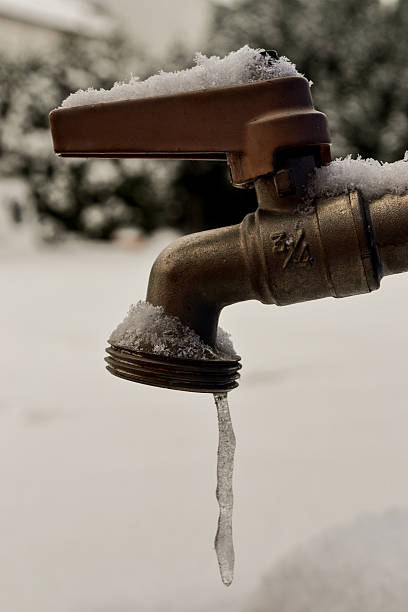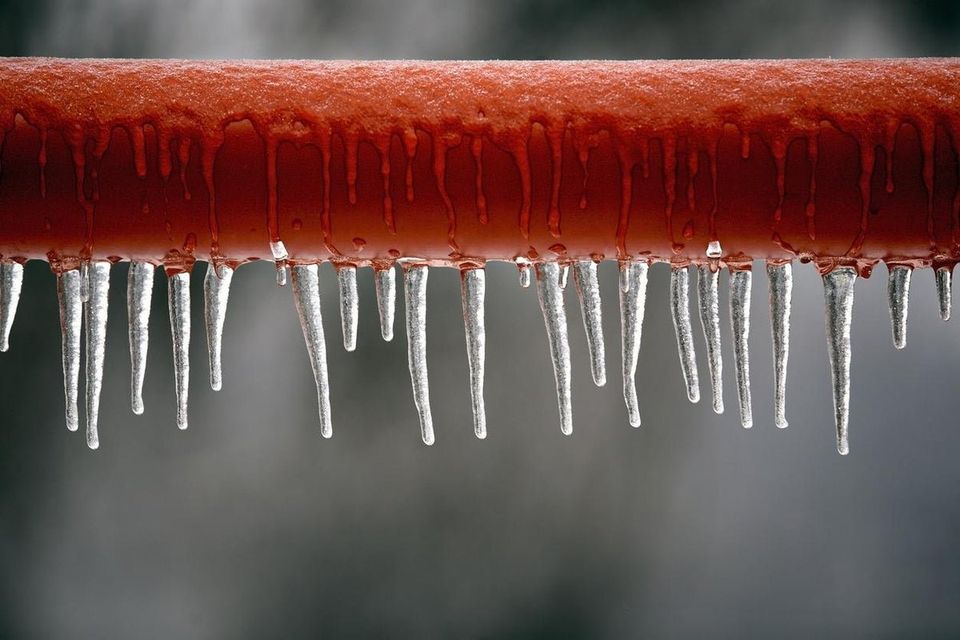Do you find yourself in search of advice concerning How To Avoid Freezing Pipes?

Winter can wreak havoc on your pipes, particularly by freezing pipelines. Here's just how to prevent it from occurring and what to do if it does.
Introduction
As temperature levels decline, the threat of icy pipelines rises, potentially leading to costly repair work and water damage. Comprehending just how to stop icy pipelines is vital for home owners in cool environments.
Comprehending Frozen Pipelines
What creates pipelines to ice up?
Pipes freeze when revealed to temperatures listed below 32 ° F (0 ° C) for prolonged periods. As water inside the pipelines ices up, it increases, putting pressure on the pipeline wall surfaces and potentially causing them to break.
Dangers and problems
Frozen pipelines can bring about water disruptions, home damages, and costly repairs. Burst pipelines can flood homes and trigger extensive structural damages.
Indications of Frozen Pipes
Determining icy pipelines early can avoid them from rupturing.
Exactly how to determine icy pipes
Seek reduced water circulation from faucets, unusual odors or sounds from pipelines, and noticeable frost on revealed pipes.
Prevention Tips
Shielding prone pipes
Cover pipelines in insulation sleeves or use warm tape to protect them from freezing temperatures. Focus on pipes in unheated or exterior areas of the home.
Home heating techniques
Maintain interior spaces effectively heated up, particularly areas with pipes. Open up closet doors to enable warm air to circulate around pipelines under sinks.
Securing Outside Plumbing
Garden hoses and exterior faucets
Separate and drain pipes garden tubes before winter. Set up frost-proof spigots or cover outdoor faucets with shielded caps.
What to Do If Your Pipelines Freeze
Immediate actions to take
If you presume frozen pipelines, keep faucets open to alleviate stress as the ice melts. Utilize a hairdryer or towels soaked in hot water to thaw pipes gradually.
Long-Term Solutions
Structural modifications
Consider rerouting pipes far from exterior walls or unheated locations. Include added insulation to attics, basements, and crawl spaces.
Updating insulation
Invest in premium insulation for pipelines, attic rooms, and wall surfaces. Appropriate insulation assists preserve constant temperatures and decreases the risk of icy pipelines.
Final thought
Stopping icy pipes requires aggressive steps and fast feedbacks. By comprehending the causes, signs, and safety nets, homeowners can shield their plumbing during winter.
6 Proven Ways to Prevent Frozen Pipes and Protect Your Home
Disconnect and Drain Garden Hoses
Before winter arrives, start by disconnecting your garden hoses and draining any remaining water. Close the shut-off valves that supply outdoor hose bibs and leave the outdoor faucet open to allow any residual water to drain. For extra protection, consider using faucet covers throughout the colder months. It’s also important to drain water from any sprinkler supply lines following the manufacturer’s directions.
Insulate Exposed Pipes
Insulating your pipes is an effective way to prevent freezing. Pipe insulation is readily available at home improvement stores and is relatively inexpensive. Pay close attention to pipes in unheated areas such as the attic, basement, crawl spaces, or garage. Apply foam insulation generously to create a buffer against the cold. You can also wrap your pipes in heat tape or thermostat-controlled heat cables for added warmth.
Seal Air Leaks
Inspect your home for any cracks or openings that could let in cold air. Seal any holes around the piping in interior or exterior walls, as well as the sill plates where your home rests on its foundation. Additionally, make sure to keep your garage door closed unless you’re entering or exiting. Leaving it open creates a significant air leak that can lead to frozen pipes.
Allow Warm Air Circulation
During cold snaps, it’s essential to allow warm air to circulate evenly throughout your home. Leave interior doors ajar to promote better airflow. Open kitchen and bathroom cabinets to help distribute heat consistently around the rooms. If you have small children or pets, be sure to remove any household chemicals or potentially harmful cleaners from open cabinets for safety.
Let Faucets Drip
A small trickle of water can make a big difference in preventing ice formation inside your pipes. When temperatures drop significantly, start a drip of water from all faucets served by exposed pipes. This continuous flow helps prevent the water from freezing. Additionally, running a few faucets slightly can relieve pressure inside the pipes, reducing the chances of a rupture if the water inside does freeze.
https://choateshvac.com/6-proven-ways-to-prevent-frozen-pipes-and-protect-your-home/

Do you really like reading up on Prevent Frozen Pipes ? Put feedback directly below. We would be delighted to listen to your opinions about this piece. We hope that you visit us again soon. In case you liked our post kindly consider to share it. I enjoy your readership.
Click Here